Bethlehem Ceramic
Bethlehem Ceramic is a captivating art form that embodies the rich historical and cultural heritage of Bethlehem, a city synonymous with intricate craftsmanship and religious significance. Located in the West Bank, this ancient city holds a unique place in history, being primarily recognized as the birthplace of Jesus Christ. The artistic traditions of Bethlehem, particularly in ceramics, have evolved over centuries, blending cultural identities and reflecting the rich tapestry that defines this region.
### **Historical Context**
The tradition of ceramic making in Bethlehem dates back to ancient times. Archaeological findings reveal that the region has been populated for thousands of years, with evidence of pottery production going as far back as the Roman and Byzantine periods. Initially, ceramics served practical purposes, including cooking and storage, but their evolution into decorative art forms illustrates the changing social and cultural dynamics in Bethlehem.
During the Byzantine era, pottery began to take on more artistic characteristics, featuring intricate designs and symbols. With the Islamic conquests and subsequent periods of Ottoman rule, the ceramic traditions further diversified. Artisans blended influences from various cultures, creating distinctive styles that highlighted the local landscape and religious motifs, particularly those relating to Christianity. This combination of historical context and cultural blending continues to shape the art of Bethlehem ceramics today.
### **Artisan Techniques**
Bethlehem ceramics are characterized by their vibrant colors and intricate designs, which reflect the artisans’ skills and the cultural narratives inherent in their work. Many contemporary artisans in Bethlehem use traditional techniques passed down through generations, creating pieces that are both functional and artistic.
The process typically begins with sourcing high-quality clay, which artisans mold into various forms—bowls, plates, and decorative pieces, often featuring religious or cultural symbols. Once shaped, the ceramics are fired in kilns to achieve durability. After the first firing, artisans then apply colorful glazes, often in blues, greens, and earthy tones reflective of the region’s natural landscape.
A distinctive feature of Bethlehem ceramics is the decoration process. Artisans employ hand-painting techniques, often replicating intricate floral patterns, geometric designs, and religious iconography. This level of detail requires immense skill and patience, as each piece is meticulously crafted to tell a story. Themes often include representations of the olive tree, which holds significant cultural and religious meaning, and motifs inspired by traditional Palestinian embroidery.
### **Religious Significance**
Ceramics produced in Bethlehem hold profound religious significance, particularly within the Christian tradition. Given Bethlehem’s historical importance as the birthplace of Jesus, many ceramic pieces are adorned with religious symbols, including crosses, angels, and depictions of the Nativity. Such designs not only serve as decorative items but also as objects of devotion and celebration for believers.
These ceramics are often used during religious ceremonies, particularly during Christmas, when they take center stage in homes and churches during celebrations that honor the city’s heritage. The craftsmanship embodied in these pieces serves as a reminder of the sacredness of the locale, and many people seek out Bethlehem ceramics as a way to connect with their faith and history.
Furthermore, these pieces often carry stories of the artisans themselves, who pour their heritage and identity into each work. Many artisans view their craft as a form of spiritual expression, where the intricacies of their work mirror the faith and devotion of their surroundings.
### **Cultural Impact**
Bethlehem ceramics not only reflect a rich artistic tradition but also play a role in the socio-economic fabric of the community. With tourism being a significant part of Bethlehem’s economy, handcrafted ceramics have become popular souvenirs for visitors seeking a tangible connection to the city’s heritage. As a result, Bethlehem has become a hub for artisans who create high-quality ceramic goods, offering everything from functional dinnerware to decorative art pieces.
The marketability of these ceramics has led to collaborative efforts among artisans to promote their work at exhibitions, craft fairs, and online platforms. Initiatives focusing on fair trade practices ensure that artisans receive a fair wage for their craft while preserving their cultural heritage. This community focus not only supports local economies but also fosters pride and interest in traditional skills among younger generations.
Moreover, the increasing global awareness surrounding artisanship and handmade goods has positioned Bethlehem ceramics favorably in the international market. As consumers seek meaningful and sustainable products, Bethlehem ceramics stand out as unique items that carry stories, traditions, and cultural significance.
### **Modern Adaptations**
While traditional motifs and practices remain prevalent, contemporary artisans are increasingly experimenting with modern designs and techniques. This blend of old and new allows for artistic evolution while maintaining respect for the cultural significance of the craft. Artisans may incorporate new glazing methods, innovative shapes, or even mixed media, catering to evolving consumer tastes.
The revitalization of interest in artisan goods has prompted workshops and educational programs aimed at teaching younger generations the traditional techniques of pottery-making. Initiatives to engage youth ensure that these valuable skills are preserved, fostering a new generation of artisans who are inspired to innovate within the framework of their cultural heritage.
### **Conclusion**
Bethlehem Ceramic art is a profound testament to the region’s rich history, faith, and community spirit. Each piece created by artisans serves as a living connection to the past, encapsulating the stories, beliefs, and traditions of Bethlehem. Beyond their aesthetic beauty and functional purpose, these ceramics embody the cultural resilience of a city that has faced numerous challenges yet continues to thrive through its artistic expressions.
As these vibrant pieces find their way into homes around the world, they not only enhance the beauty of their surroundings but also invite admiration for the craftsmanship and cultural narratives they carry. In a world increasingly dominated by mass-produced items, Bethlehem ceramics stand as a unique reminder of the value of handmade artistry, tradition, and the timeless stories that bind communities together. Through each tray, bowl, and decorative piece, the artisans of Bethlehem ensure that the legacy of their craft endures while also adapting to the changing tides of modernity.
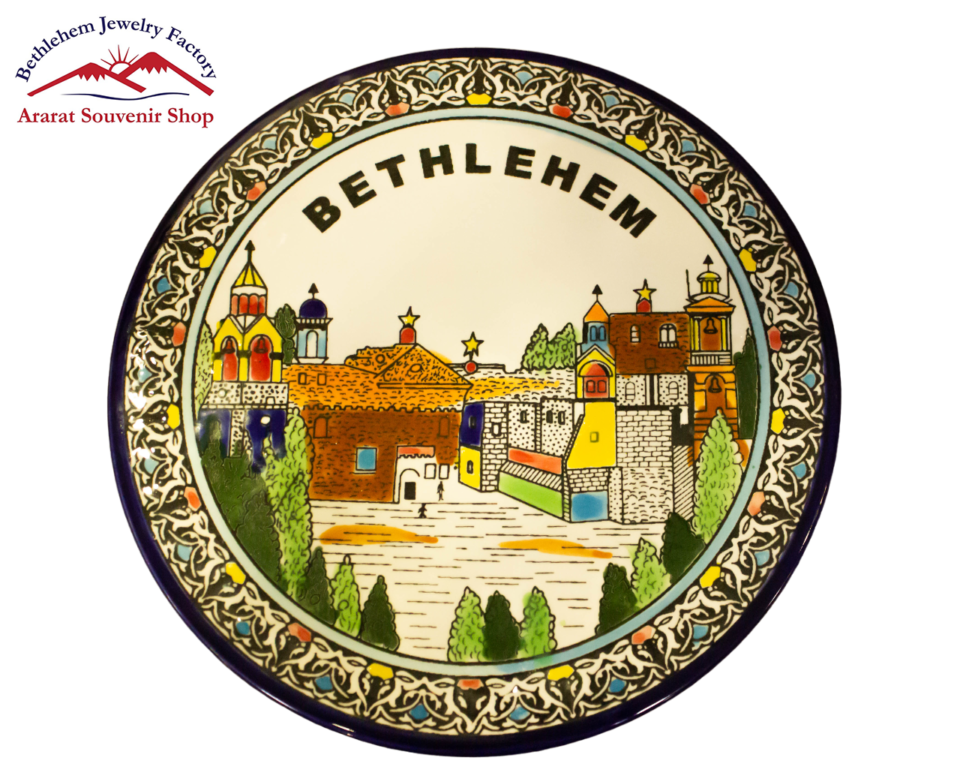


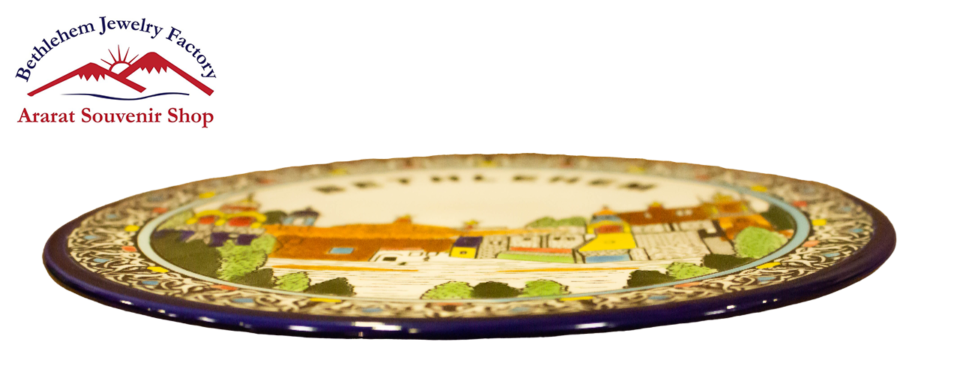


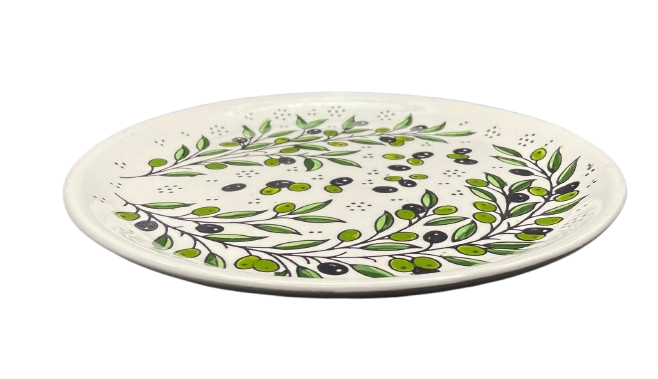
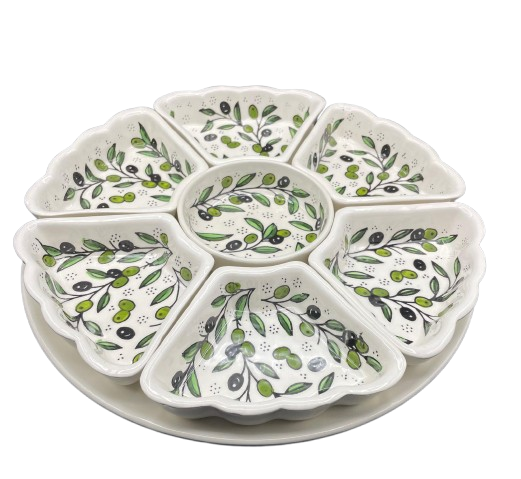
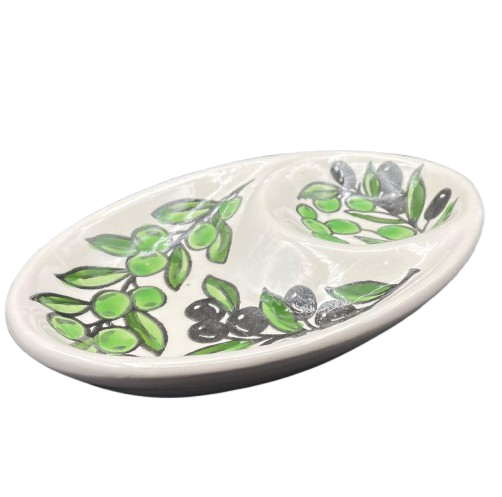
Reviews
There are no reviews yet.